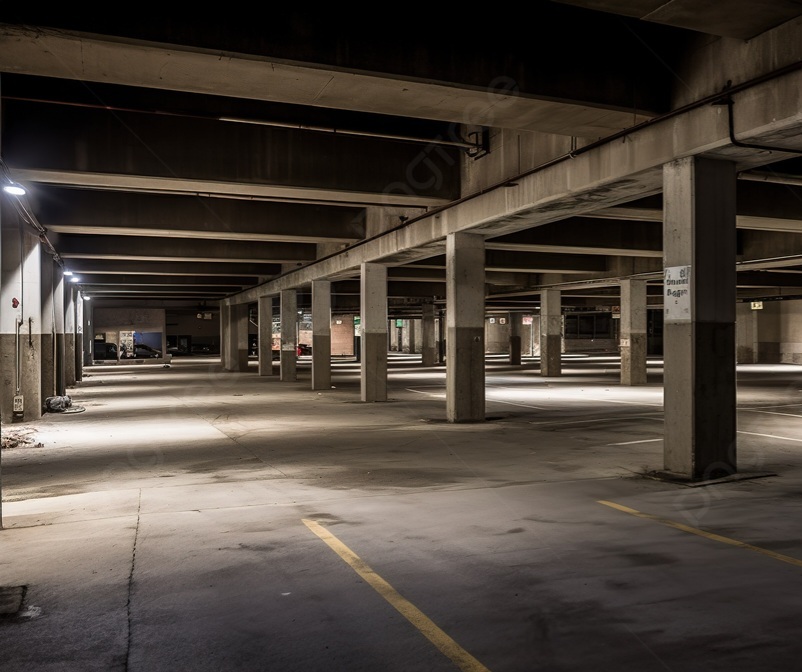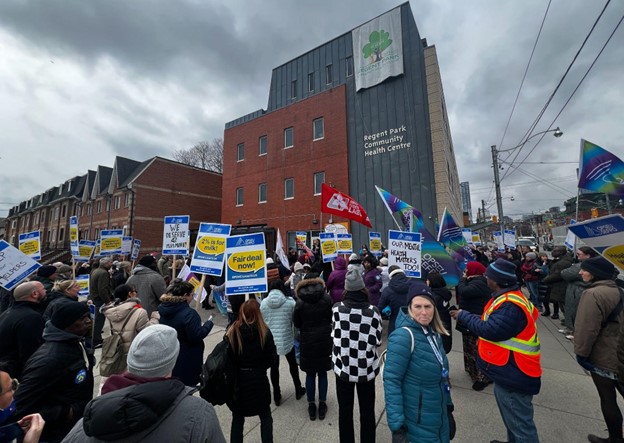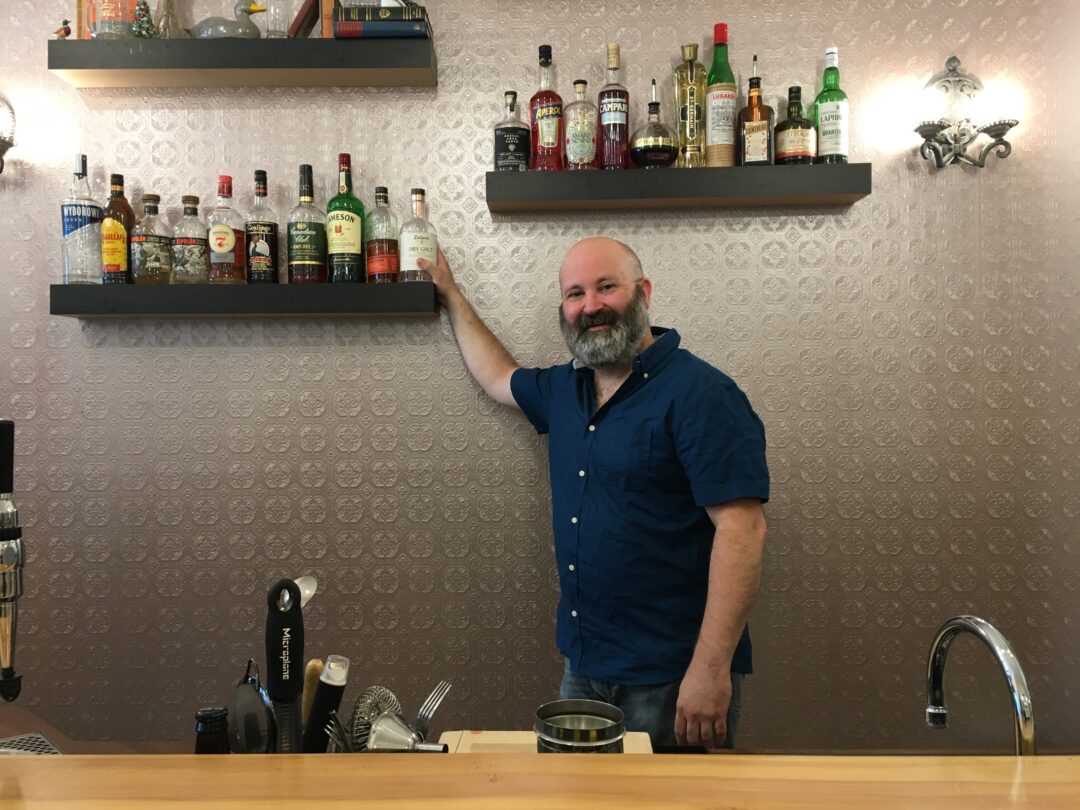Aanchal Nigam –
The St. James Town Residents Council has taken the first step to turn underused underground parking lots in the high-rise neighbourhood to become community assets.
Council member Randy Alexander says he has submitted a proposal to utilize the space to Ward 13 Councillor Chris Moise’s Participatory Budgeting program in Toronto Centre. The St. James Town group hopes the plan will be implemented soon.
Residents “submitted proposals from the council during this current round-up to three budget talks, which is specific to our ward,” Alexander said. ‘This round is specific to St. James Town.”
One of the densest and most culturally diverse neighbourhoods in North America, St. James Town is also one of Toronto’s 13 economically deprived neighbourhoods. Built in the 1960s to cater to singles, it now houses a diverse, family-oriented population.
However, many low-income families that live in the neighbourhood can’t afford to own cars. The high-rise-dominated community has many unused or little-used parking spaces.

Empty parking lot in St James Town. Photo: Randy Alexander
Population density continues to increase,” Alexander said. “But these parking lots underneath a lot of the properties are practically vacant, or very, very underused.” This has led to safety and security challenges for several years.
“They don’t have regular security patrols, and because people aren’t utilizing it, it creates all kinds of opportunity for encampments to happen overnight,” Alexander said. He also said that trespassing and squatting incidents have increased in such unused spaces, making these areas unsafe for residents and their vehicles.
The residents council was formally organized in 2020, just before the Covid-19 pandemic struck. After lockdown restrictions that forced the group online were lifted, members were able to rapidly mobilize as a grassroots organization.
The council’s latest initiative aims to transform the neglected parking lots into hubs of community activity and environmental resilience.
“Ideas are almost endless,” Alexander says. “For example, sports facilities like indoor tracks, hydroponic bays for growing food year-round, and warming stations in the winter.” Cooling stations in summer, meeting and activity rooms, and spaces for seniors have also been suggested.
Transforming the parking lots is expected to yield substantial social, economic and environmental benefits. “It will open up all kinds of space for nonprofit organizations to have a footprint here,” Alexander said. It would also enhance community engagement and services in an area where public spaces are scarce.




